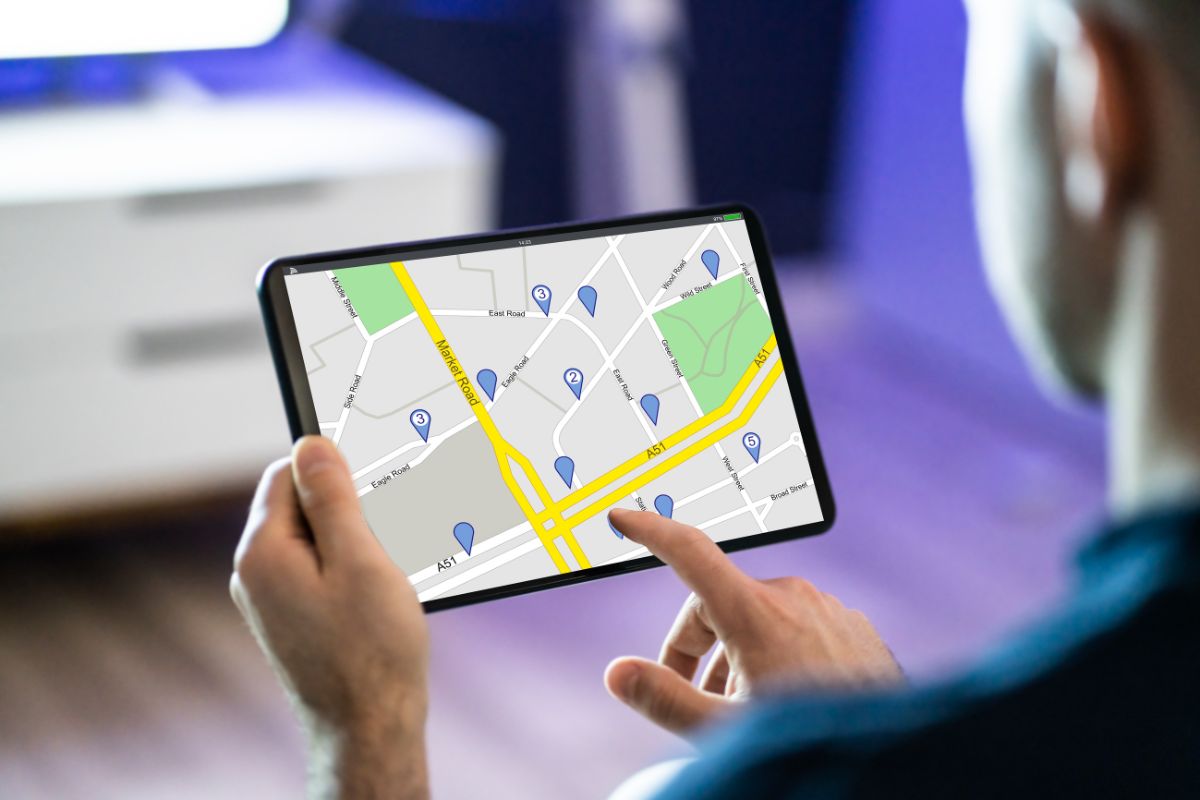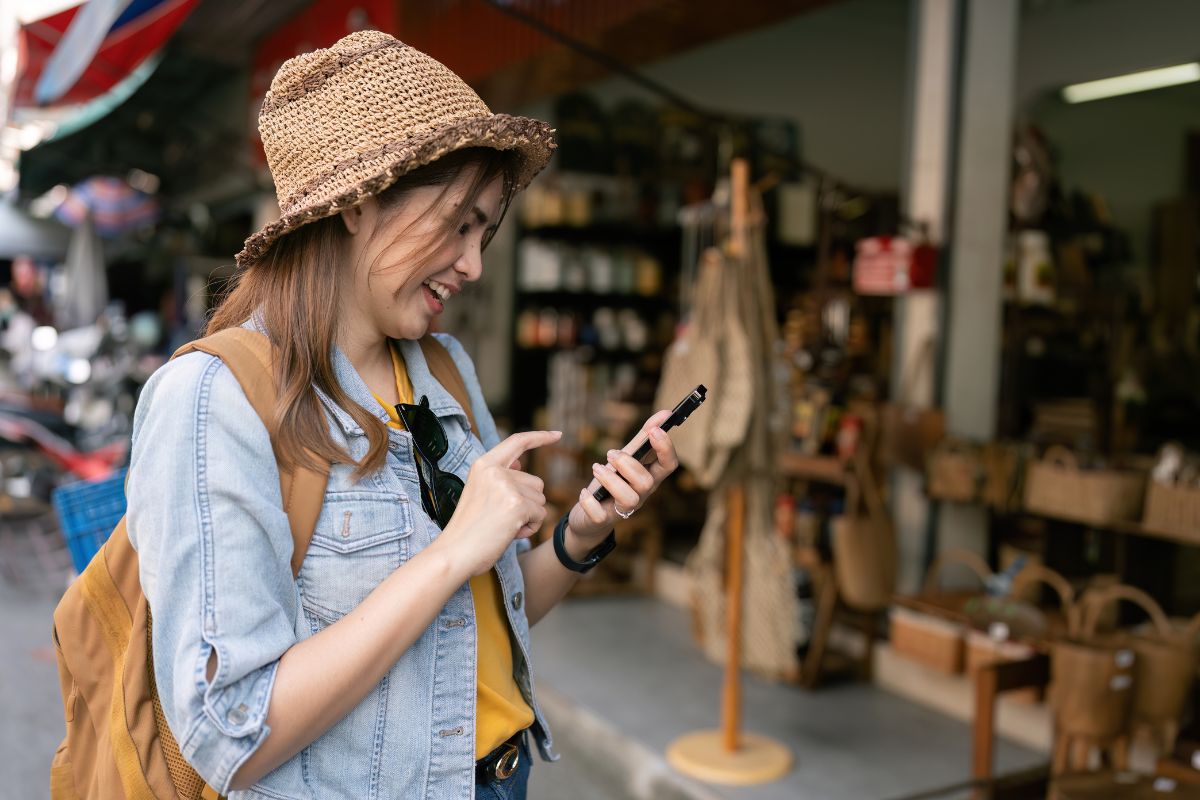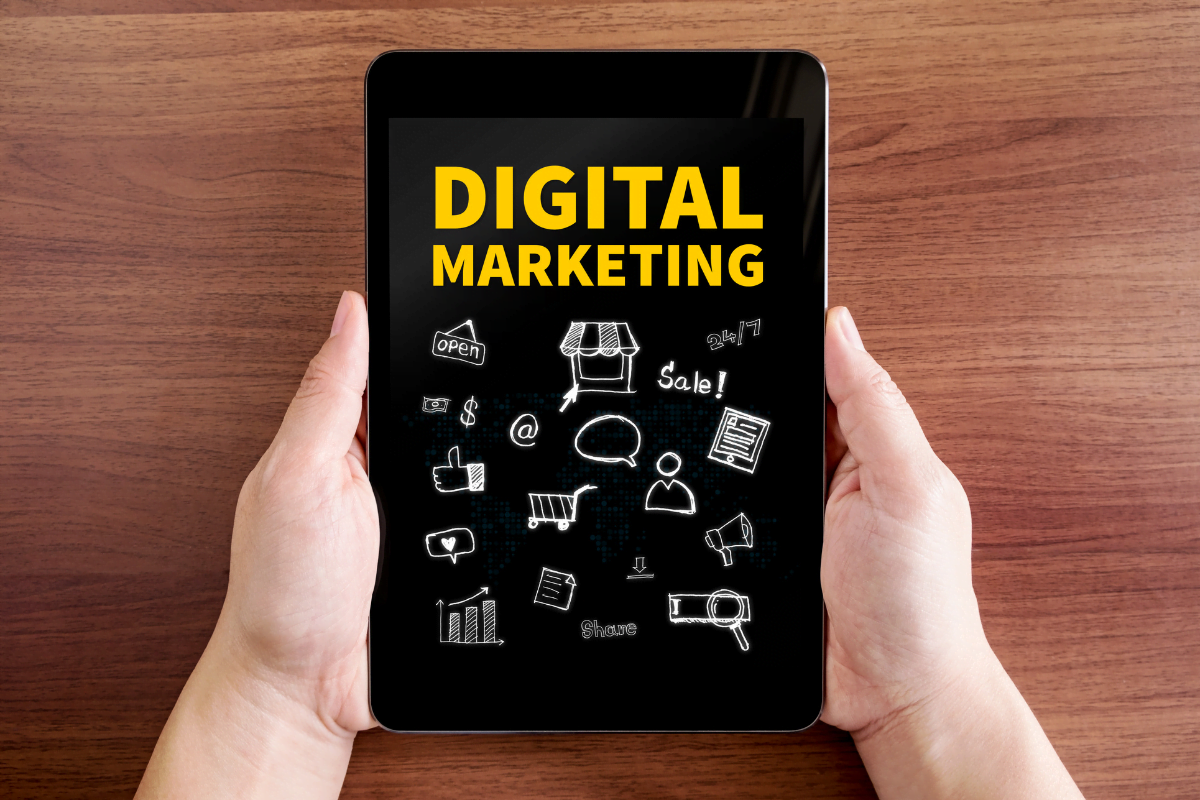Imagine delivering highly targeted ads to potential customers as they enter a specific location. This is the power of geofencing, and today, you’ll learn how to use geofencing marketing to transform your campaigns.
You’ll learn best practices and discover the tools and platforms that can help you get started. By the end, you’ll understand how to transform your marketing campaigns using geofencing.
How to Use Geofencing Marketing
What is Geofencing Marketing?

Geofencing marketing is a powerful strategy that leverages technology to create virtual boundaries around a specific physical location. When someone with a mobile device enters or exits these boundaries, it triggers a predefined action such as sending a notification, advertisement, or offer to that device.
The technology behind geofencing relies on several key components: GPS, RFID, Wi-Fi, and Bluetooth. GPS (Global Positioning System) uses satellites to pinpoint a device’s location with high accuracy.
RFID (Radio Frequency Identification) employs electromagnetic fields to automatically identify and track tags attached to objects. Wi-Fi can determine a device’s location based on its proximity to Wi-Fi networks, and Bluetooth provides short-range communication to identify when a device is nearby.
Geofencing marketing campaigns can be effectively utilized across various industries and scenarios:
- Retail: A clothing store might use geofencing advertising to target people walking by a competitor’s store with a special promotion on their own jeans.
- Hospitality: Hotels and restaurants can use geofencing to welcome guests, offer room upgrades, or promote special menu items as soon as they arrive.
- Event Management: At large events or conferences, geofencing can be used to guide attendees to specific booths, sessions, or activities, enhancing their overall experience.
- Real Estate: Realtors can send notifications about open houses or property listings to potential buyers when they are near a property.
- Fitness and Health: Gyms can use geofencing to encourage nearby individuals to take advantage of free trials or special membership offers.
Geofencing marketing can help you create highly targeted campaigns that engage your audience in real-time, driving more foot traffic, enhancing customer experiences, and ultimately boosting your business outcomes.
Benefits of Geofencing Marketing Campaigns
Geofencing marketing offers a range of advantages that can elevate your outreach strategies significantly.
- Targeted Advertising: Geofencing or geo-targeting allows you to target your audience with pinpoint accuracy based on their physical location. This means you can deliver relevant messages and offers to potential customers precisely when they are near your business or a competitor’s location.
- Enhanced Engagement: By sending timely and location-based notifications or advertisements, geofencing increases the likelihood of customer interaction. Whether it’s promoting a flash sale as customers walk by your store or inviting them to visit your booth at a nearby event, geofencing boosts engagement rates by delivering messages at the right place and time.
- Personalized Experience: Geofencing enables you to create personalized experiences for your audience. You can tailor messages and offers based on their location, behavior, or preferences, making your marketing efforts more relevant and impactful.
- Measurable Results: One of the key advantages of geofencing marketing is its ability to provide real-time data and analytics. You can track metrics such as foot traffic, conversion rates, and campaign effectiveness. This data allows you to make informed decisions and optimize your campaigns for better performance continuously.
Whether you’re aiming to increase store visits, promote events, or boost app downloads, implementing a geofencing marketing strategy can be a powerful tool in your marketing arsenal.
Setting Up A Geofencing Marketing Strategy

Setting up geofencing marketing can significantly boost your outreach efforts and engagement levels. Follow these steps to ensure your campaign is set up for success:
Step 1: Define Your Goals
Before diving into geofencing marketing, it’s crucial to clarify your objectives. For example, if you’re a retail store, your goal might be to increase foot traffic and sales.
If you’re organizing a conference, your objective could be to enhance attendee engagement and promote specific sessions. By defining clear goals, you can tailor your geofencing strategy to achieve measurable outcomes.
Step 2: Identify Your Audience
Understanding your audience is key to crafting effective geofencing. Start by defining the demographics (age, gender, income level) and psychographics (interests, preferences) of your target customers.
For instance, a restaurant might target nearby office workers during lunch hours with a special discount offer. Analyzing past customer behavior can also provide insights into where and when to deploy geofencing for maximum impact.
Step 3: Choose the Right Location
Strategic location selection is crucial for the success of your geofencing campaign. Consider places where your target audience is likely to frequent, such as shopping malls, event venues, or business districts.
For example, a coffee shop chain might set up geofences around competitor locations to attract customers with timely offers or loyalty rewards as they pass by.
Step 4: Design Your Campaign
Craft compelling messages and offers that resonate with your audience and align with your campaign goals. Personalize your content based on the location and context of your audience.
For instance, a retail store can send a notification offering a discount on a specific product line as potential customers enter a nearby shopping center. Use clear calls to action (CTAs) to prompt immediate engagement, such as visiting your store or downloading a mobile app.
Step 5: Select a Geofencing Platform
Explore various geofencing platforms and tools that suit your specific needs and budget. Compare features such as targeting capabilities, analytics, and ease of use to choose the platform that best fits your campaign objectives.
Step 6: Launch and Monitor
Once your campaign is set up, launch it and monitor its performance closely. Track key metrics such as impressions, click-through rates (CTR), conversion rates, and return on investment (ROI).
Use this data to optimize your campaign in real-time, adjusting parameters like geofence size, message content, or timing of notifications to improve effectiveness.
Best Practices for Effective Geofencing Advertising

Mastering the art of geofencing marketing involves employing several best practices to maximize effectiveness and engagement. Here’s how you can ensure your campaigns achieve optimal results:
- Relevant Messaging: Delivering contextually relevant messages is crucial in geofencing campaigns. Tailor your notifications and offers based on the specific location and behavior of your audience to increase relevance and engagement.
- Timely Notifications: Timing is everything in geofencing. Send notifications when your audience is most likely to act, such as during peak shopping hours or when they are near your business location, to maximize response rates and conversions.
- Data Privacy and Compliance: Prioritize data privacy by ensuring compliance with relevant laws and regulations, such as GDPR or CCPA. Obtain consent where necessary and transparently communicate how you use location data to build trust with your audience.
- Continuous Optimization: Regularly monitor and analyze the performance of your geofencing campaign metrics like click-through rates and conversion rates. Use these insights to refine your targeting, messaging, and timing for continuous improvement and better campaign outcomes.
By implementing these best practices, you can enhance the effectiveness of your geofencing strategy, drive higher engagement levels, and ultimately achieve your marketing objectives more efficiently.
Tools and Platforms for Geofencing Marketing
Exploring the right geofencing marketing platforms can significantly elevate your campaign’s success.
Several popular geofencing marketing platforms include Google Maps Platform, Apple iBeacon, Mapbox, and Urban Airship. Each platform offers unique features tailored to different business needs and campaign objectives.
Google Maps Platform (GMP)
- Best features: Integrates well with other Google services, large user base, reliable.
- Use cases: Ideal for businesses already invested in Google Cloud Platform (GCP) or using Google Maps services. Useful for location-based marketing (e.g., sending targeted promotions when users enter a store geofence), asset tracking (e.g., monitoring delivery vehicles), and security (e.g., creating alerts for unauthorized access to restricted areas).
Apple iBeacon
- Best features: High accuracy for indoor location tracking, low power consumption.
- Use cases: Primarily for indoor applications where precise location tracking is needed, such as navigating museums or shopping malls. Can be used for basic geofencing within these indoor spaces (e.g., triggering notifications when a customer enters a specific department in a store).
Mapbox
- Best features: Customizable maps, and open-source options available.
- Use cases: Suitable for developers who want more control over map design and functionality. Can be used for geofencing needs similar to GMP, but with a focus on custom map integrations.
Urban Airship
- Best features: All-in-one marketing platform with geofencing capabilities, push notifications, and other marketing tools.
- Use cases: Ideal for marketing and engagement campaigns. Can be used for geofencing-based promotions, targeted messaging, and customer loyalty programs.
Choosing the Right Tool

With several geofencing tools available, selecting the best one depends on your specific needs and priorities. Here are some factors to consider:
- Technical Expertise: Do you need a user-friendly platform or one with more customization options for developers?
- Integrations: Does the tool integrate with your existing marketing stack or CRM system?
- Use Case: Is your primary focus on location-based marketing, asset tracking, or something else entirely?
- Budget: Geofencing tools can range from free tiers with limited features to enterprise-level solutions.
Here’s a quick recommendation based on your needs:
- For businesses already using Google Cloud or heavily invested in Google Maps: Google Maps Platform offers a reliable and integrated solution.
- For indoor location tracking with high accuracy: Apple iBeacon is the way to go, especially for businesses with physical locations.
- For developers seeking customization and open-source options: Consider Mapbox for its map design flexibility.
- For marketers looking for an all-in-one marketing platform with geofencing: Urban Airship provides a comprehensive suite of tools.
Remember, this is just a starting point. Research each tool and consider running trials or demos before making your final decision.
Unlock Hyper-Targeted Marketing with Geofencing
Geofencing marketing revolutionizes your digital campaigns by reaching the right audience at the right time. As a leading local SEO agency in Atlanta, Newman Web Solutions is committed to helping you integrate geofencing seamlessly into your marketing mix.
Amplify Your Local SEO with Geofencing Data
Geofencing goes beyond immediate conversions. Valuable data insights gleaned from user location can refine and optimize your local SEO strategies. This translates to effectively boosting organic search rankings and local business listings, ensuring your business appears at the top when potential customers search nearby.
In essence, we take geofencing a step further, using it to fuel your entire digital ecosystem.
Contact us today at (404) 301-9189 or schedule a free marketing strategy session to learn how we can help your business dominate local search and reach your target audience effectively with geofencing marketing.





